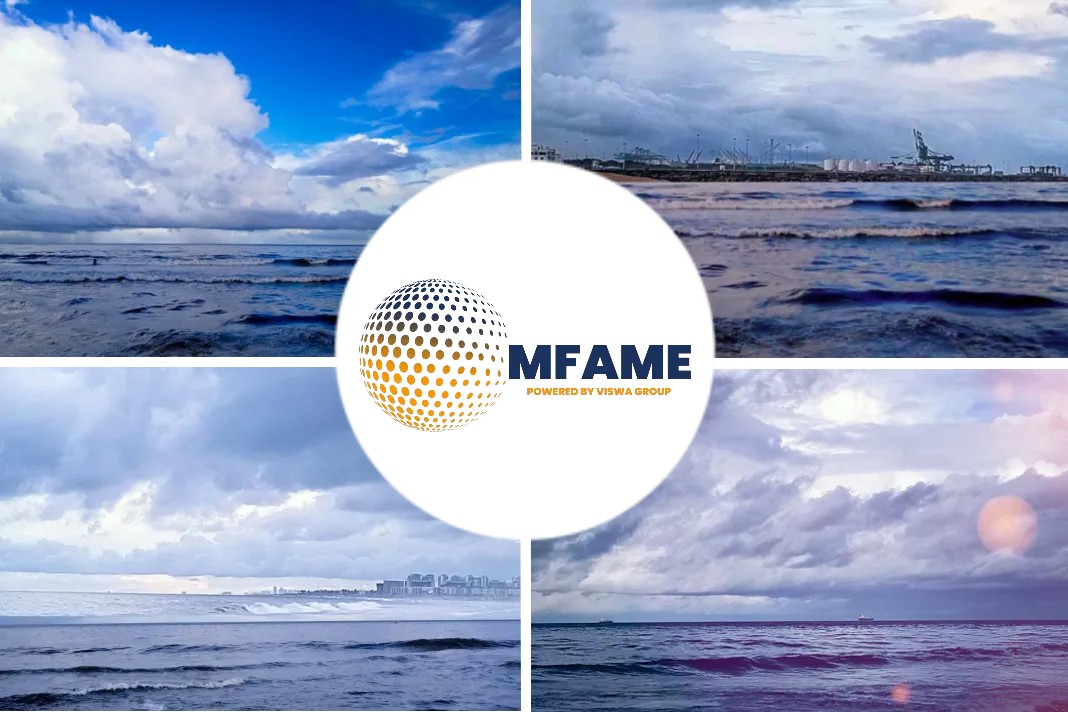
Addressing climate change involves both risk transfer and risk mitigation, as reported by Risk & Insurance.
Lessons learned
On November 20, the 27th Conference of the Parties to the United Nations Framework Convention on Climate Change (COP27), which took place in the Egyptian coastal city of Sharm el-Sheikh, concluded with a historic decision to establish a loss-and-damage fund to help vulnerable countries pay the looming costs of damage from climate change.
Nick Faull, head of climate and sustainability risk at Marsh, presented a paper “High Seas: Enabling a Climate Resilient Suez Canal” at the conference.
The focus of the paper was the Suez Canal, he said, with its climate risks being applicable to other strategic waterways and near-shore infrastructure worldwide.
“The impact of climate change on critical infrastructure is already being seen. The Panama Canal is several meters below normal operating levels because of a water shortage. And the Rhine and Mississippi rivers had restricted navigation for low water this year. That is the opposite of the sea-level rise that might come to mind when people think of climate change,” Faull said.
While the paper was written for the conference, the broader message is that owners and operators of critical infrastructure assets throughout the economy, not just in logistics, need to be aware of and address their climate-related exposures.
Lessons from the Ever Given
Faull noted as an example that trade-disruption insurance saw an increase on the back of the container ship Ever Given getting wedged diagonally in the Suez Canal.
“It is fair to say that we are seeing insurance consequences from climate change already. Awareness of vulnerability has come to the fore across the economy,” he said.
The vessel was stuck for six days in May 2021 and then impounded by the Suez Canal Authority (SCA) until early July as the authority sought compensation from the ship’s owners, Shoei Kisen of Japan, for damage to the canal, salvage operations and lost revenue.
The SCA initially asked for $916 million, including $300 million for a salvage bonus and the same amount for loss of reputation, according to the BBC.
“The UK Club that insured Shoei Kisen for third-party liabilities rejected the claim. The SCA later lowered its demand to $550 million. The final settlement was not disclosed,” the news service reported at the time of the vessel’s release.
The Ever Given ran aground in strong winds that exceeded 40 knots (74 km/h; 46 mph). The large flat surface of the containers stacked on the vessel overcame the directional control of the ship.
“Combined with the varying depth of the Suez Canal, especially along the banks, running aground can become a significant risk,” according to the Marsh report.
“With the canal facilitating [movement of] almost $10 billion of goods daily, the six-day blockage caused by the Ever Given is estimated to have resulted in $60 billion of disrupted trade, and the subsequent trapping of an estimated $700 million of cargo.
“While the impacts of the event were varied,” the report continued, “the insurance considerations are important as firms try to cover associated losses. Claims could include physical damage to the Ever Given, loss of revenue on the part of the Suez Canal Authority, the cost of the salvage operations and business interruption for owners and charterers of the blocked vessels, loss of perishables and cargo delays, as well as damage to the canal itself.”
The vessel operators declared general average.
“Increasing demand for cargo insurance lines has been part of a long-term trend in this sector,” according to the report.
“While the Ever Given event is unlikely to be the direct driver of long-term trends in the marine insurance industry, Marsh’s Marine & Cargo [teams] have seen a noticeable increase in demand since 2021 for insurance related to cargo delays, and specifically, trade disruption insurance. The Ever Given event has demonstrated that while a blockage of any global maritime chokepoint for any reason can have a significant influence on supply, the second and third order affects can be significant.”
Based on his experience and discussions with clients, Faull elaborated that, “the resilience of their supply chain is the biggest issue. That means building in redundancy and contingency and moving away from efficiency at all costs.
“These are the trade offs that corporate executives are becoming willing to make. They understand that things may cost more and take longer to get there, but those costs are risk mitigation that complements insurance, which is risk transfer.”
A Deep Dive into the Research
Faull stressed several themes that emerged from his research.
“The first is physical resilience. That means protecting the assets. The second is a need for investment in support for adaptation to climate change. And finally, there is a need for this to be part of a holistic strategy around resilience to ensure businesses consider all the knock-on impacts.”
With the conference over, Faull is turning his attention to digging into those themes in more detail.
“How do those things get done?” he asked. “The theme of COP27 was implementation. How is resilience built? One big area of debate at the conference was how can the global north support the global south where some of the most serious effects of climate change are already being felt.”
He cited a pledge by 85 African insurance companies to commit $14 billion to support specific initiatives in the region.
The African Climate Risk Facility is intended to provide $14 billion of climate risk insurance by 2030 to African nations, cities, humanitarian organizations and non-governmental organizations, according to Reuters.
“The group is calling for $900 million in funding from development partners and philanthropies to support the project, much of which will go towards providing a subsidy on the cost of the premium to help governments and cities with limited fiscal resources buy the cover,” the news service reported at the time.
Did you subscribe to our newsletter?
It’s free! Click here to subscribe!
Source: Risk & Insurance
















